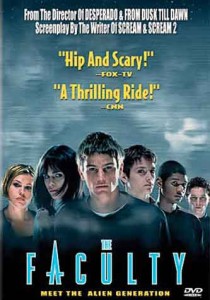If any of you have been following Jay Lake’s struggle with cancer, it’s over.
We’ve had a few conversations, but I only met him once at Norwescon — he was a smart, brave guy. I’ve been hoping I’d get a chance to run into him again, but the last few entries on his cancer diary weren’t encouraging.













